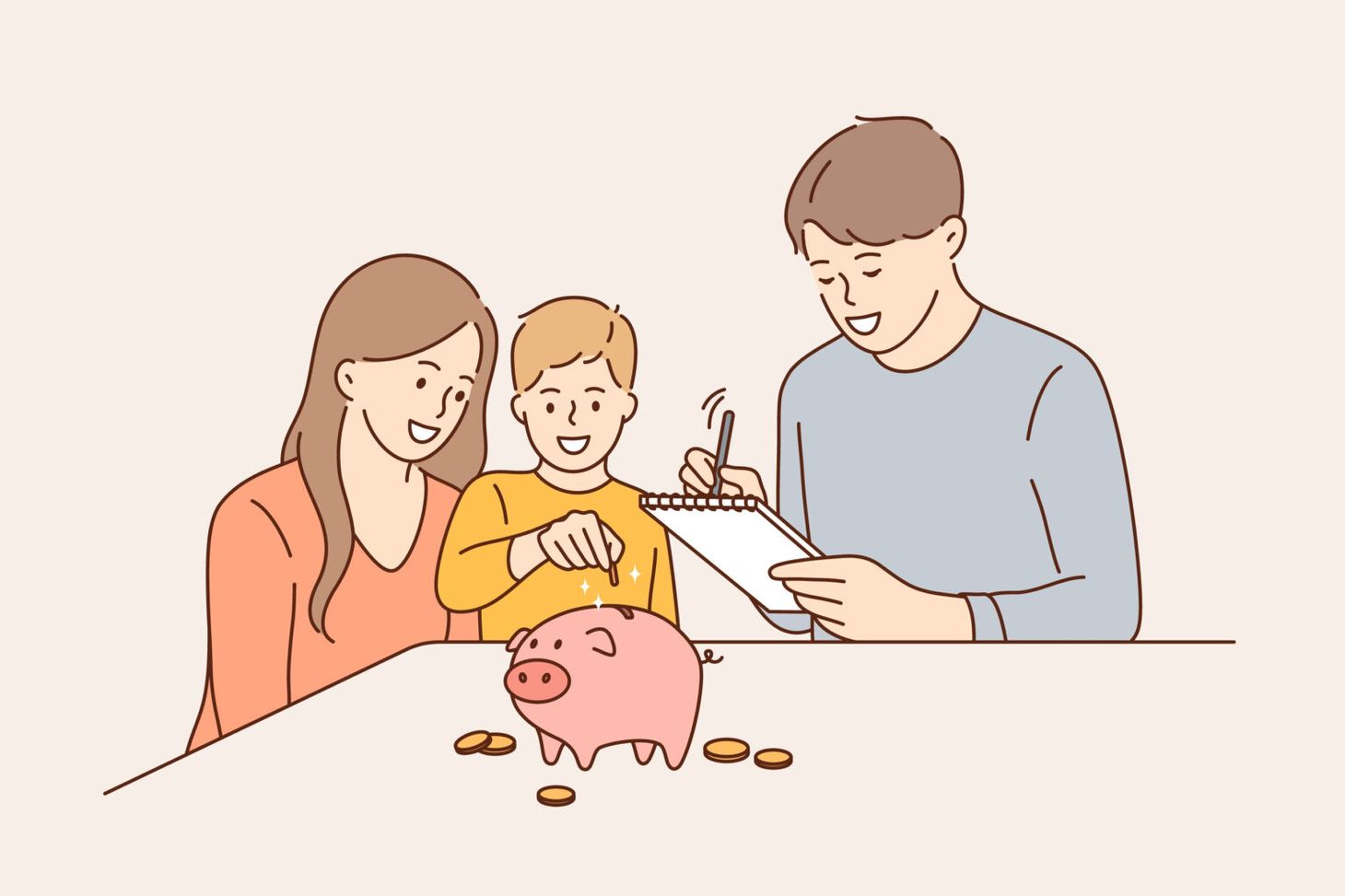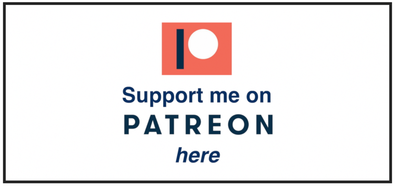One Year After the Expiration of the Enhanced Child Tax Credit, What All Have We Learned About Its Effects?


Summary: The monthly Child Tax Credit payments did not reduce employment, but what they did do was reduce hunger and increase entrepreneurship, and if made permanent would likely generate far greater benefits than its cost, and reduce domestic abuse of women and children.
2022 has come to a close, and it’s been over one full year since the enhanced child tax credit (CTC) that got monthly payments to most parents in America expired. The policy’s lapse immediately increased child poverty by 40% and caused a 25% spike in child hunger. For six months in 2021, 36 million families were receiving $250 per month per kid for those age 6 to 17, and $300 a month per kid for those under age 6, for an average of $462 a month to help families afford food, rent, and everything else families with kids need to buy, with less need to sell their blood plasma or take on high interest debt to buy it.
In the time since those payments stopped, economists have been busy crunching the data to determine all the various effects of the payments. There has also been other research done to better discern what the expected impacts would be of long-term implementation. Sure, six months of payments did this or that, but what could we expect decades from now? In this article, I’ll summarize everything new that we learned in 2022 about what the monthly child tax credit payments actually did, what happened when they stopped, and what we can expect if we brought them back and made them permanent.
I want to remind readers of what I’ve already written about the immediate impacts of the monthly CTC and the immediate impacts of its expiration, especially what we already know about just how much desperation it reduced. It reduced the number of parents selling their blood plasma, taking on predatory payday loans, and starting to use illegal drugs, are all things that need to be shouted from the rooftops in my opinion.
Out in front were researchers from the Social Policy Institute at Washington University in St. Louis and Appalachian State who found that the monthly CTC payments had no negative impact on employment status. Parents kept working just as much as they already did, albeit with more parents pursuing entrepreneurship. Lower income parents defined as making less than $50K each year showed the largest growth in self-employment, with 2.9% of households, or approximately 300,000 additional households becoming new small business owners. Over 11% of families also reported using the money to pay for child care, whose high price tends to prevent many parents from affording employment.
In March, a paper by Irwin Garfinkel, Laurel Sariscsany, Elizabeth Ananat, Sophie M. Collyer, Robert Paul Hartley, Buyi Wang, and Christopher Wimer based on “a systematic literature review of the highest quality available causal evidence on the short- and long-term effects of cash and near-cash transfers” found that making the enhanced child tax credit permanent would cost $97 billion per year and “generate social benefits with net present value of $982 billion per year.” In other words, bringing the monthly CTC back for good would likely result in a 10x return on investment based on a review of all the best evidence we have to evaluate potential ROI.
Also in March, a paper by Elizabeth Ananat, Benjamin Glasner, Christal Hamilton, and Zachary Parolin looked at CPS and Census Pulse surveys done through December of 2021 and determined that the monthly CTC payments had “very small, inconsistently signed, and statistically insignificant impacts” on the employment of parents. In plain speak, they too found that the enhanced CTC reduced poverty without reducing employment.
Next, a paper published in the Lancet by William E. Copeland, Guangyu Tong, Lauren Gaydosh, Sherika Hill, Jennifer Godwin, Lilly Shanahan, and Elizabeth Costello looked at the long-term impact of kids growing up in households provided unconditional cash payments (of slightly larger amounts than the enhanced CTC) compared to equivalent households who didn’t and found that the kids who are now adults in their late 20s and early 30s have fewer anxiety and depressive symptoms, better physical health and financial well-being, and engage in fewer illegal behaviors. They also found that the younger the kids were when their parents began receiving the cash payments, and the more money they got, the more positive the impact twenty years later. In their conclusion they wrote, “the findings support the long-term effects of programs like the child tax credit or universal basic income that provide cash directly to families with children.”
In April, a paper by Resul Cesur, Núria Rodriguez-Planas, Jennifer Roff, and David Simon that used a decade of National Crime Victimization Survey data found that when women receive an income boost from a tax credit, “an additional $1,000 of after-tax income decreases the incidence of physical and sexual violence of unmarried low-educated women by 9.73% and the intensity of physical and sexual violence by 21%.” This research indicates that if the enhanced CTC were permanent, it would at least have as large an impact, and likely even higher, in reducing violence against women.
In May, a survey by Parents Together Action found that after the expiration of the monthly CTC payments, 9 out of 10 parents were finding it harder to make ends meet, and 45% of the parents surveyed reported that they’d skipped meals so that their kids could eat. 64% of parents said they’d resorted to spending down their savings to get by. When asked what policy would help them the most, 76% of them said restoring the monthly CTC would, because the payments had made a “huge difference” for their families. 84% of them said the CTC had made them less anxious. Four out of five parents had used the money for food for their families. After the payments stopped, three out of ten parents were no longer able to afford their families’ basic needs.
In August, a paper by Lisa A. Gennetian, Greg Duncan, Nathan A. Fox, Katherine Magnuson, Sarah Halpern-Meekin, Kimberly G. Noble, and Hirokazu Yoshikawa evaluated early results from an ongoing multi-site randomized controlled study of an unconditional monthly cash payment of $333 to parents of newborns for their first few years of life called the Baby’s First Years study. They found that moms spent more time doing learning activities with their kids, and that so far there has been no impact on employment. Moms aren’t quitting their jobs. Kids are just having better childhoods. This study will continue until the middle of next year, after which we will know even more about the impacts of just providing parents monthly income without conditions.
Another paper in August looked at the long-term impact of higher income on the first year of life. It cleverly did so by taking advantage of birth timing on tax benefits. This research by Andrew C. Barr, Jonathan Eggleston, and Alexander A. Smith found that an increase of $1,300 in the first year of a child’s life resulted in that baby growing up to be an adult that earned 1% to 2% more income. Math and reading scores increase and that child is more likely to graduate high school. They concluded that “the longer-term effects on child earnings alone are large enough that the transfer pays for itself through subsequent increases in federal income tax revenue.”
There was also some interesting political message surveying done about the enhanced child tax credit throughout 2022. First Focus found that 9 out of 10 Democrats, 8 out of 10 independents, and 6 out of 10 Republicans favored making the enhanced CTC permanent. By a 6-to-1 margin, Americans believe we’re not spending enough on America’s children. Surveying by Democracy Corps found that voters felt so strongly about the monthly CTC in key demographics in battleground states, especially among under age 50 white working class women, that Democratic control of the House could have potentially been preserved if Democrats had spotlighted the monthly CTC more.
In October, another study of the results of the enhanced CTC was published. This one by Natasha Pilkauskas, Katherine Michelmore, Nicole Kovski, H. Luke Shaefer found that it reduced hardships among families, especially in regards to food insufficiency, and that it even may have reduced the amount of medical hardship. Additionally, as with every other study before it, it too found no effects on any labor supply measures. Families just didn’t start working less because of the monthly income independent of work.
In a related but separate study, Allison Bovell-Ammon, Nicole C. McCann, Martha Mulugeta, Stephanie Ettinger de Cuba; Julia Raifman, and Paul Shafer looked at the expiration of the enhanced CTC and found that the disappearance of the money was associated with a 25% increase in food insufficiency by July 2022. To put that percentage in better perspective, the expiration of the monthly CTC meant that over 1 million American families began reporting that sometimes or often they did not have enough to eat, when before they lost the monthly CTC payments, they did.
In November, another study extremely relevant to the enhanced CTC was published. This one was by Katherine Rittenhouse. Her intent was to discern the effects of income on child protection system (CPS) referrals, investigations, and foster care placement. Like one of the studies already mentioned above, it too used differences in tax benefits based on birthdate, but it combined that data with 20 years of data from California and found that a single $1,000 cash payment to low-income households decreases the number of referrals to CPS in the first 3 years of a child’s life by approximately 3% and days spent in foster care by 8%. Importantly, this decrease appeared to be a direct result of “true reductions in maltreatment” of kids. Because their families had more money, kids suffered less abuse and were therefore less likely to be taken from their parents and become wards of the state.
There’s also already a new study here in 2023 by Akansha Batra, Kaitlyn Jackson, and Rita Hamad that was funded by the National Institutes of Health. This one was designed as a quasi-experimental study to determine the mental health impacts of the CTC expansion. They found that depressive symptoms decreased by 1.7 percentage points, and anxiety symptoms decreased by 3.4 percentage points, which was a 13.3 percentage reduction. The effects were even larger for Black and Hispanic parents. The researchers also noted that “although this may be a modest change in risk at the individual level, it represents a meaningful change in the distribution at the population level.”
All of the above is new knowledge that should be known and used to inform the debate about the provision of cash payments to parents and caregivers of kids. The enhanced child tax credit was clearly one of the most successful, effective, and popular policies America has ever tried, and the long-term impacts of it can be teased out by looking at other examples of parents getting more money or not, and the long-term impacts of getting or not getting that money, especially in the earliest years of a child.
Arguments about the enhanced child tax credit and other ways of getting more money to more families with kids will continue, but the proof in the pudding is in the eating. When it comes to child poverty, that is a truly failed policy. It does not work. It’s a massive waste of resources that hurts all of us. Intelligent people can come up with all kinds of moral and economic reasons to not get money to parents to reduce child poverty, but what that reasoning ultimately comes down to is the moral question of should a child answer for the sins of their parent, and the economic question of should we spend more money to not invest in America’s kids than it would cost to invest in them?
For me, as someone who continually sees more and more evidence in favor of unconditional cash, the answers to both of those questions are exceedingly clear. Kids do not get to choose their parents, and investing in kids is one of the smartest investments a country can ever make.

Do you want more content like this? Please become a subscriber and also consider making a monthly pledge on Patreon or purchasing a copy of my book about UBI.
Thank you to my monthly patrons: Gisele Huff, Haroon Mokhtarzada, Steven Grimm, Matthew Cheney, Katie Moussouris, Tricia Garrett, Zack Sargent, Larry Cohen, Frederick Weber, CanadayVibes , Kerry Bosworth, Laurel gillespie, Dylan J Hirsch-Shell, Tom Cooper, Michael Tinker, Robert Collins, Daryl Smith, ace bailey, Daragh Ward, Andrew Yang, Bridget I Flynn, Peter T Knight, David Ihnen, Myles McLane, Elizabeth Corker, Gray Scott, Gerald Huff, Albert Daniel Brockman, Michael Honey, Natalie Foster, Joe Ballou, Chris Rauchle, Arjun , chris heinz, Pavel S, Zachary Weaver, Juro Antal, Herb, Justin Seifert, Jodi Sarda, Rosa Tran, Deanna McHugh, Ryan Ash-Miller, miki, Adam Parsons, bradzone, Lee Lor, Akber Khan, John Sullivan, Team TJ, Yang Deng, Yan Xie, Marie janicke, Iggy C, engageSimply - Judy Shapiro, Phuong Truong, Tim , Warren J Polk, Timothy P O'Connor, Jeffrey Emmett, Stephen Castro-Starkey, Oliver Bestwalter, Kev Roberts, Walter Schaerer, Loren Sickles, anti666, Eric Skiff, Thomas Welsh, and Kai Wong.
_large.jpg)
UBI Guide Newsletter
Join the newsletter to receive the latest updates in your inbox.
